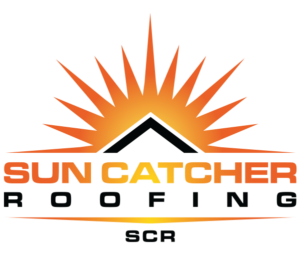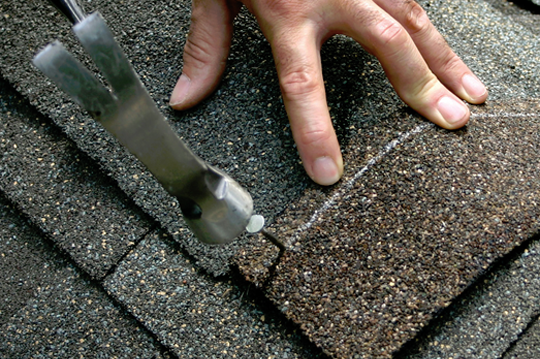Roofing Basic: Know the 10 Most Common Terminologies
Roofing Terms Every Florida Homeowner Should Know Before a Roof Replacement
Replacing or repairing your roof in Florida? If roofing jargon leaves you scratching your head, you’re not alone. Understanding common roofing terms can help you make smarter decisions, especially when dealing with roofing contractors, insurance claims, or storm repairs.
To make things easier, we’ve put together this guide with 12 of the most common roofing terms—explained in simple language for homeowners in Palm Beach and across Florida.
1. Clay Tiles
Clay tiles are a classic roofing material with a rich history, especially in Spanish and Mediterranean-style homes across Florida. They’re fired at nearly 2,000°F, making them extremely durable, fade-resistant, and fireproof—perfect for Florida’s harsh sun and storms. Expect a lifespan of up to 50 years.
Learn more from the West Lake Royal on clay tiles
2. Concrete Tiles
Concrete tiles offer a similar aesthetic to clay but come at a lower price point. These tiles are heavy-duty, come in a range of colors, and work well in humid or hurricane-prone regions like South Florida. They typically last 30 to 40 years with proper maintenance.
3. Roof Deck
The deck is the structural foundation of your roof, typically made of plywood or OSB (oriented strand board). All roofing materials are installed on top of the deck. Damage to the deck from leaks or rot must be addressed before any roof replacement.
4. Drip Edge
A metal flashing installed at the edge of your roof to direct water away and prevent it from seeping under your shingles. It’s a required component for Florida homes to meet current building codes.
5. Elastomeric Coating
This flexible, rubberized coating is common on flat roofs or low-slope surfaces. It helps reflect sunlight, reduce cooling costs, and form a waterproof membrane—ideal for Florida’s hot, wet climate.
6. Flashing
Used around roof penetrations like chimneys, skylights, or vents, flashing seals openings to prevent water intrusion. Florida homes often use corrosion-resistant metals like aluminum or copper.
7. Impact Resistance
This rating tells you how well a roofing material stands up to hail, falling branches, or foot traffic. Florida homes benefit from Class 4 impact-rated roofs, which can also lower insurance premiums.
Visit IBHS Fortified Roof standards for more about impact-resistant roofing.
8. Lap
A lap is where one piece of roofing material overlaps another to create a seal. Laps are critical for waterproofing systems like underlayment, flashing, and membranes.
9. Layering
Roofing systems are made of multiple protective layers. In Florida, local codes usually limit layering (e.g., re-roofing over old shingles) due to hurricane risk. A full tear-off is often the best choice for proper adhesion and ventilation.
10. Metal Roofing
Lightweight, long-lasting, and resistant to fire and rot, metal roofs are gaining popularity across Florida. They’re also wind-resistant and may qualify you for discounts on homeowner’s insurance.
See Florida-specific tips at Metal Roofing Alliance
11. Ridge Vent
Located at the peak of the roof, ridge vents allow hot, humid air to escape the attic, reducing moisture and helping your home stay cooler. Essential for proper airflow in Florida homes.
12. Underlayment
A waterproof or water-resistant barrier installed beneath your shingles. In Florida, synthetic underlayments are popular for their durability and ability to withstand wind uplift and moisture.
Ready to Talk Roofing?
Whether you’re considering a new roof or need a repair, understanding these terms will help you ask the right questions and spot red flags. At Sun Catcher Roofing, we believe an informed homeowner is an empowered one.




